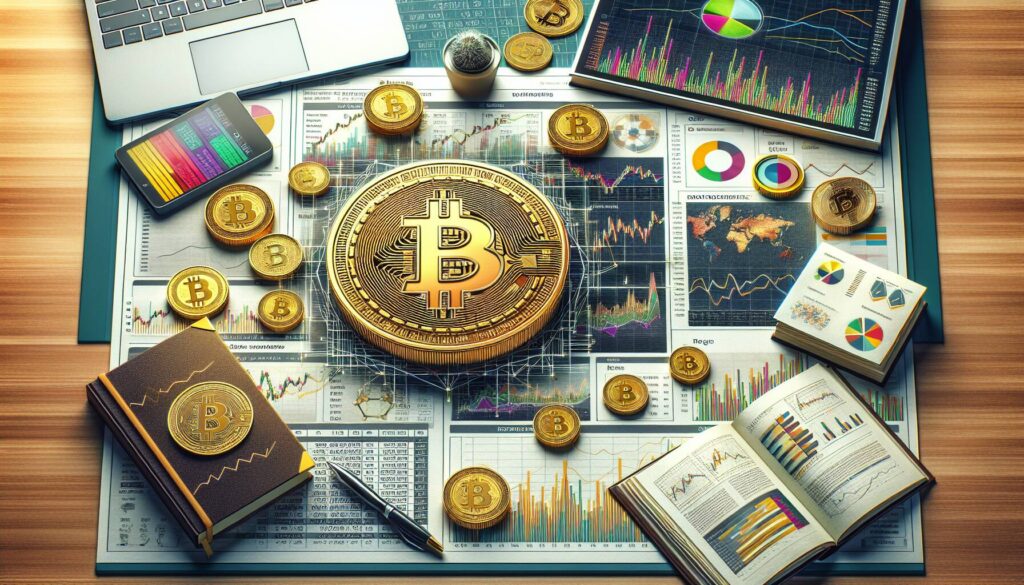XRP experienced a notable increase of 3% following comments from Federal Reserve Chair Jerome Powell regarding potential interest rate cuts in September. This announcement not only gave XRP a lift but also positively influenced major cryptocurrencies like Bitcoin (BTC). However, behind this uptick lies a backdrop of significant volatility and uncertainty that has defined recent trading sessions.
During the trading period from August 21 to August 22, a massive selloff of 470 million XRP tokens swept across major exchanges, contributing to a notable decline in prices. This surge in selling was accompanied by institutional liquidations, indicating a shift in market sentiment.
Despite the market’s turmoil, on-chain settlement volumes saw an impressive surge of 500%, reaching 844 million tokens on August 18, reflecting a growing adoption trend. However, this positive signal is shadowed by the recent postponement by the SEC regarding rulings on XRP ETF applications, now expected in October, which adds another layer of regulatory uncertainty for investors.
Further complicating the landscape, a recent security assessment deemed the XRP Ledger (XRPL) the lowest in robustness among 15 blockchains, which has raised concerns about the network’s integrity and has contributed to the bearish outlook.
As XRP’s price fell from $2.89 to $2.80 within a 24-hour window, the token displayed significant price volatility with a range of $0.12. Resistance at $2.92 proved to be a formidable barrier, particularly after XRP was rejected at this level on August 21. As traders observe support levels, the market is now keenly focused on whether XRP can maintain its footing around $2.80, with a potential break below posing risks for further declines.
Traders are also closely monitoring ETF-related news and whale accumulation patterns, which may signal broader trends within institutional investments as adoption continues to grow, despite the recent price struggles.
XRP Market Update: Key Highlights
Here are the most important aspects of the recent XRP market movements and their potential impacts:
- Federal Reserve Influence
- The Federal Reserve Chair Jerome Powell has introduced the possibility of a September rate cut, influencing broader cryptocurrency markets.
- This has led to a short-term price spike in XRP and other major tokens, providing traders with potential trading opportunities.
- Institutional Liquidations
- A significant selloff of 470 million XRP on major exchanges contributed to increased trading volumes and market volatility.
- This could indicate a shift in institutional sentiment and may influence individual investors’ decisions.
- Regulatory Uncertainty
- Delays in ETF rulings from the SEC contribute to an atmosphere of uncertainty, affecting investor confidence and market stability.
- The pending decisions in October could have significant implications for institutional investment flows into the crypto market.
- Security Rankings Concerns
- The low security ranking of the XRPL could raise alarms about the network’s robustness, impacting user trust and future adoption.
- Concerns over network security may influence individual and institutional investors’ decisions regarding XRP.
- Price Action Trends
- XRP experienced a 3.1% decline within 24 hours, indicating a bearish trend that may concern short-term traders.
- The identification of strong resistance and support levels provides traders with essential information for decision-making.
- Trader Sentiment and Monitoring
- Traders are keenly watching whether support at $2.80 holds, as breaking this level could lead to further declines.
- Whale activity and on-chain adoption trends suggest underlying market dynamics that may not yet be reflected in the current price.
XRP Market Movement Analysis Amid Rate Cut Speculations
The recent surge in XRP by 3% was primarily influenced by Federal Reserve Chair Jerome Powell’s hints at a potential interest rate cut in September. This development not only energized XRP but also uplifted Bitcoin (BTC) and other major cryptocurrencies. However, the environment remains fraught with challenges, such as a significant selloff of 470 million tokens, creating heavy resistance at $2.92 and contributing to bearish sentiments across the board.
Competitive Advantages: One of the key advantages for XRP is the reported 500% increase in on-chain settlement volumes, which indicates a growing adoption despite market uncertainties. The rise in momentum may attract institutional investors looking for broader market opportunities, especially with ETF decisions looming in October. Additionally, high trading volumes around resistance levels suggest that there’s still substantial trader interest, which could translate into future price support.
Disadvantages: On the flip side, XRP faces significant hurdles, notably the lowest security ranking among top blockchains, raising alarms about its network robustness. The delays in the SEC’s verdicts regarding ETF applications only compound the uncertainty, potentially discouraging short-term investors who seek stability. With XRP experiencing a recent price decline following heavy liquidations, the sentiment may lead to a cautious market approach from both retail and institutional players.
Traders keeping a close eye on XRP’s support levels around $2.80 could see potential benefits if the token stabilizes. However, any break below this level could trigger a selloff, creating a challenging environment for those holding long positions. This scenario could particularly impact retail investors who are more susceptible to market volatility, as well as institutional participants hesitant due to the prevailing regulatory uncertainties.
In summary, while XRP exhibits promising indicators of growth through adoption and trading activity, the significant obstacles posed by security concerns and regulatory delays may create a complex landscape for both current investors and potential entrants into the market.
















